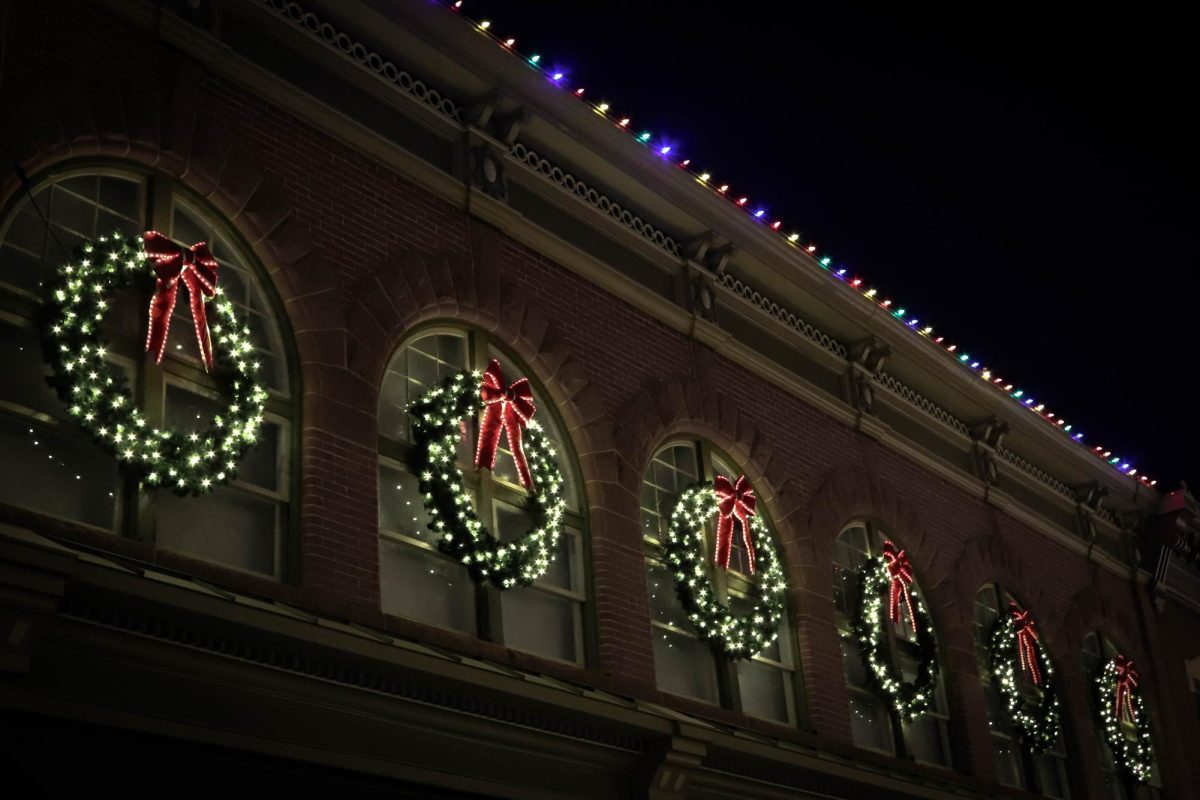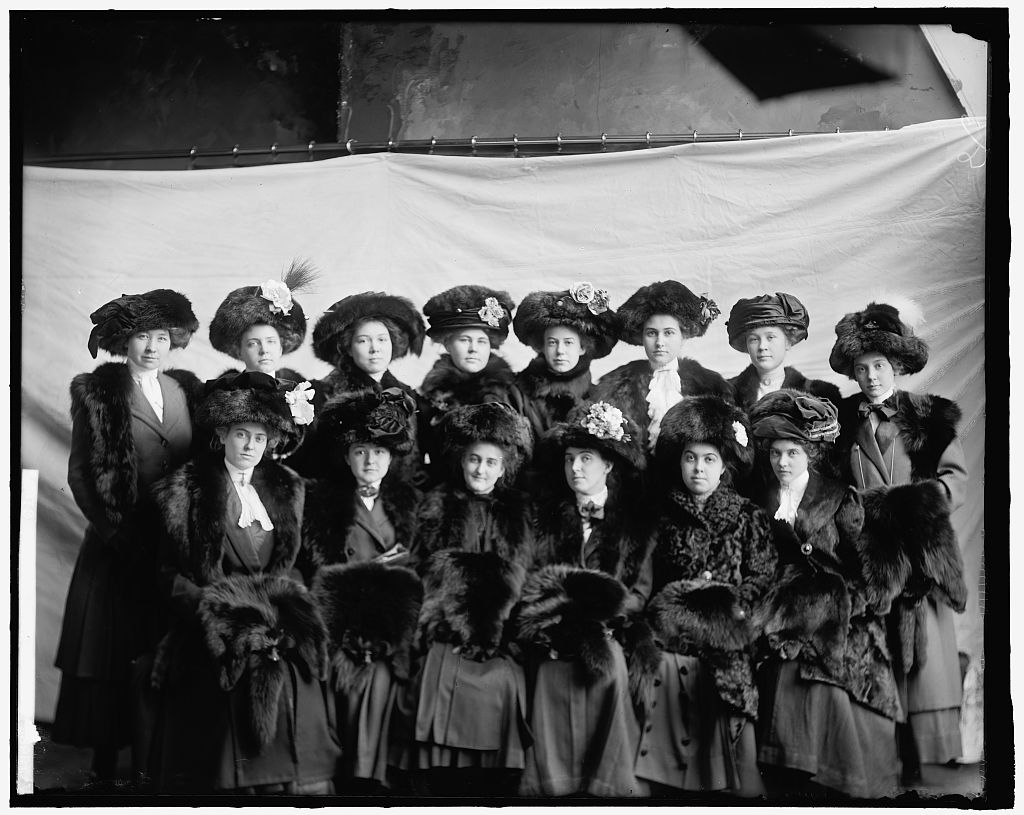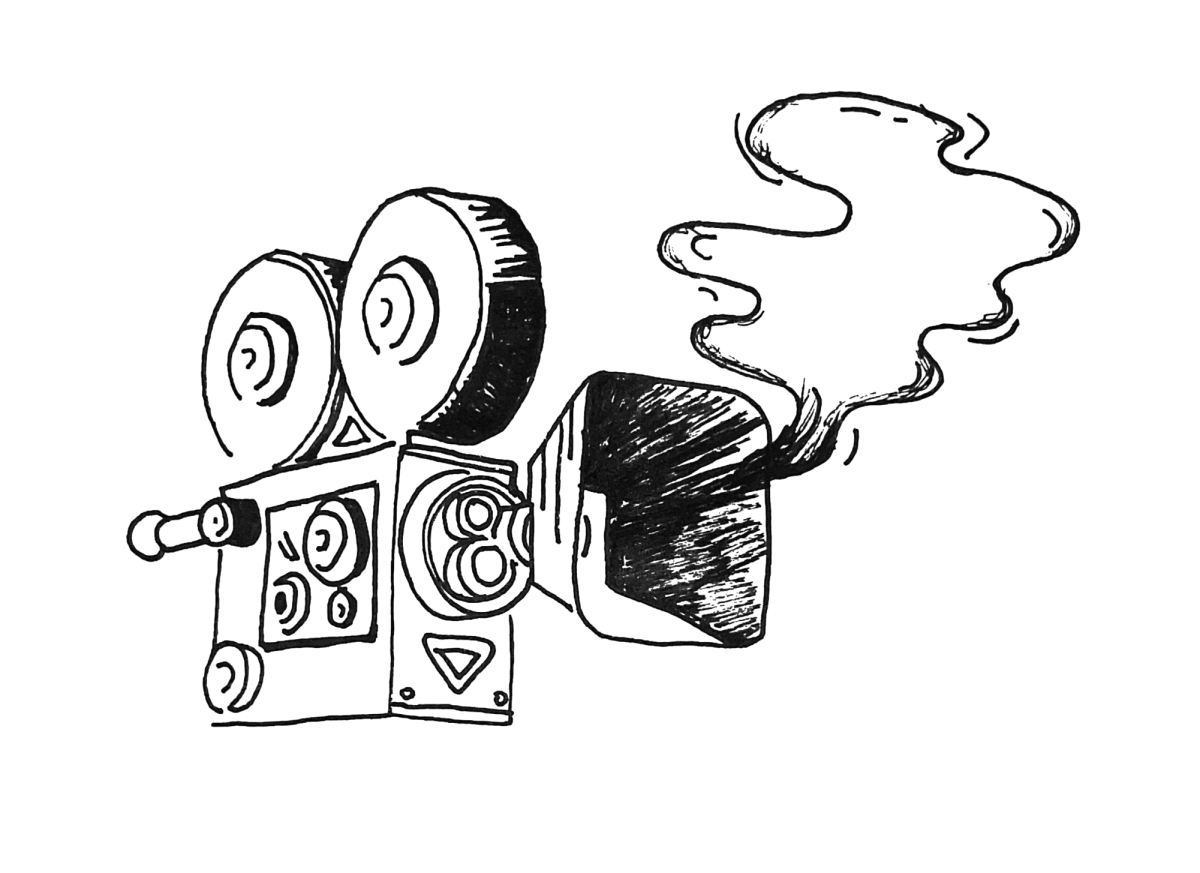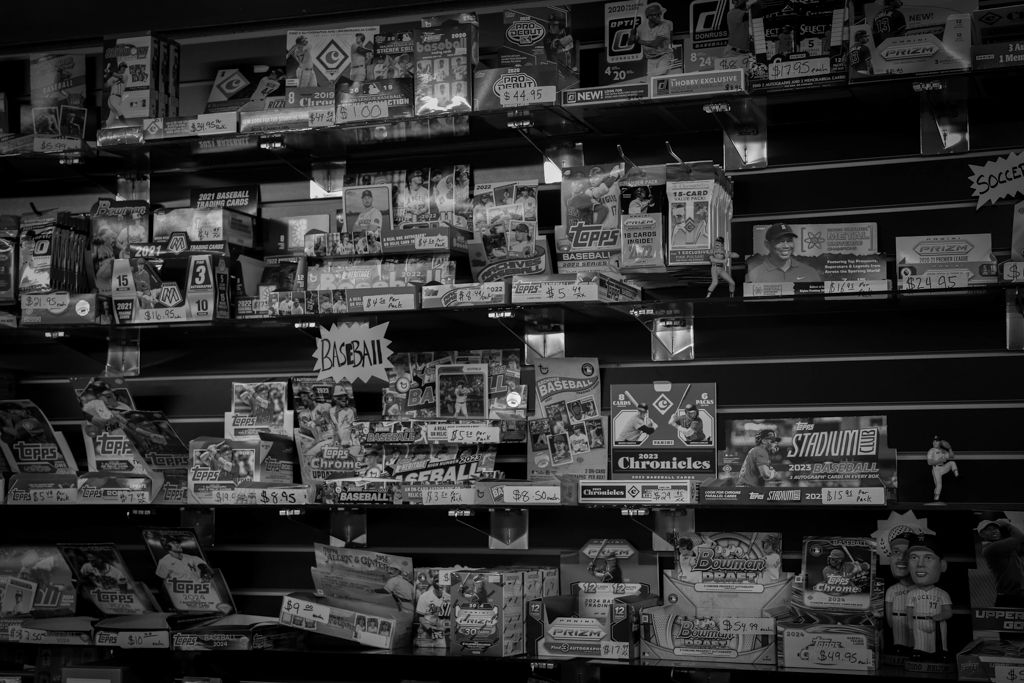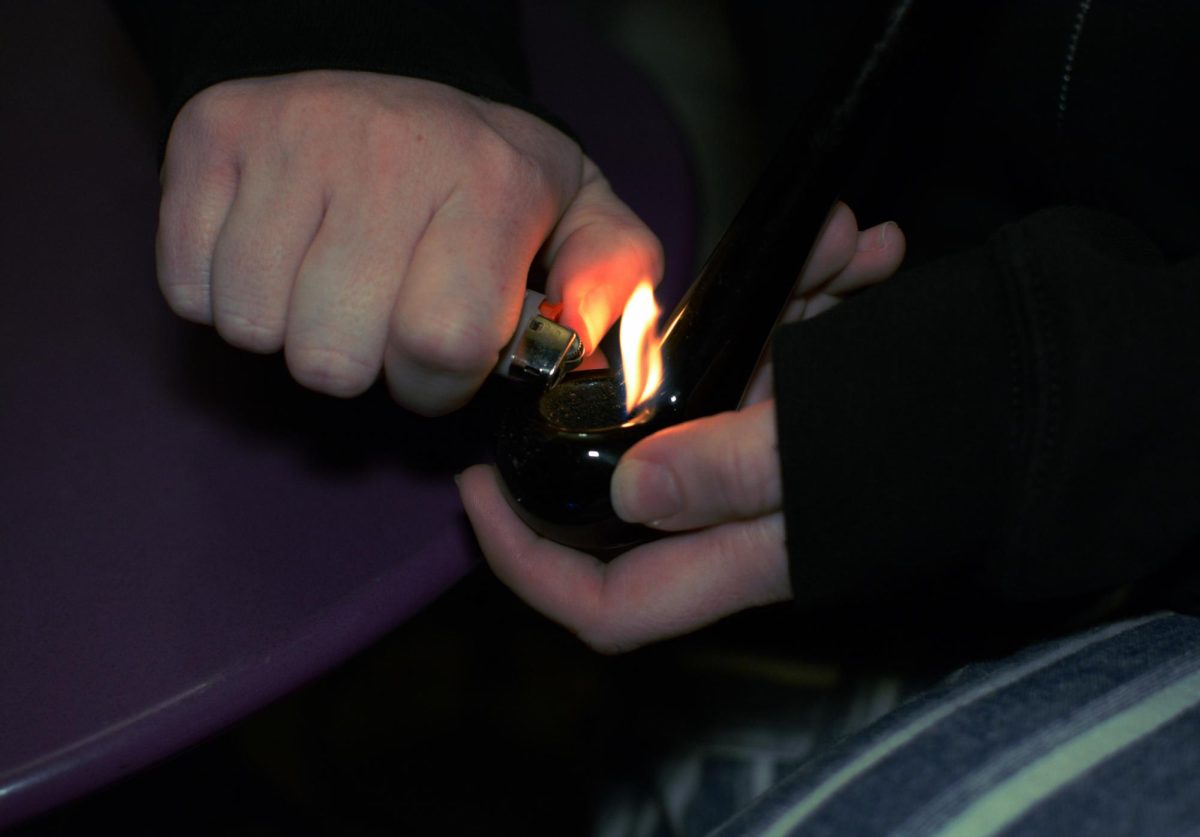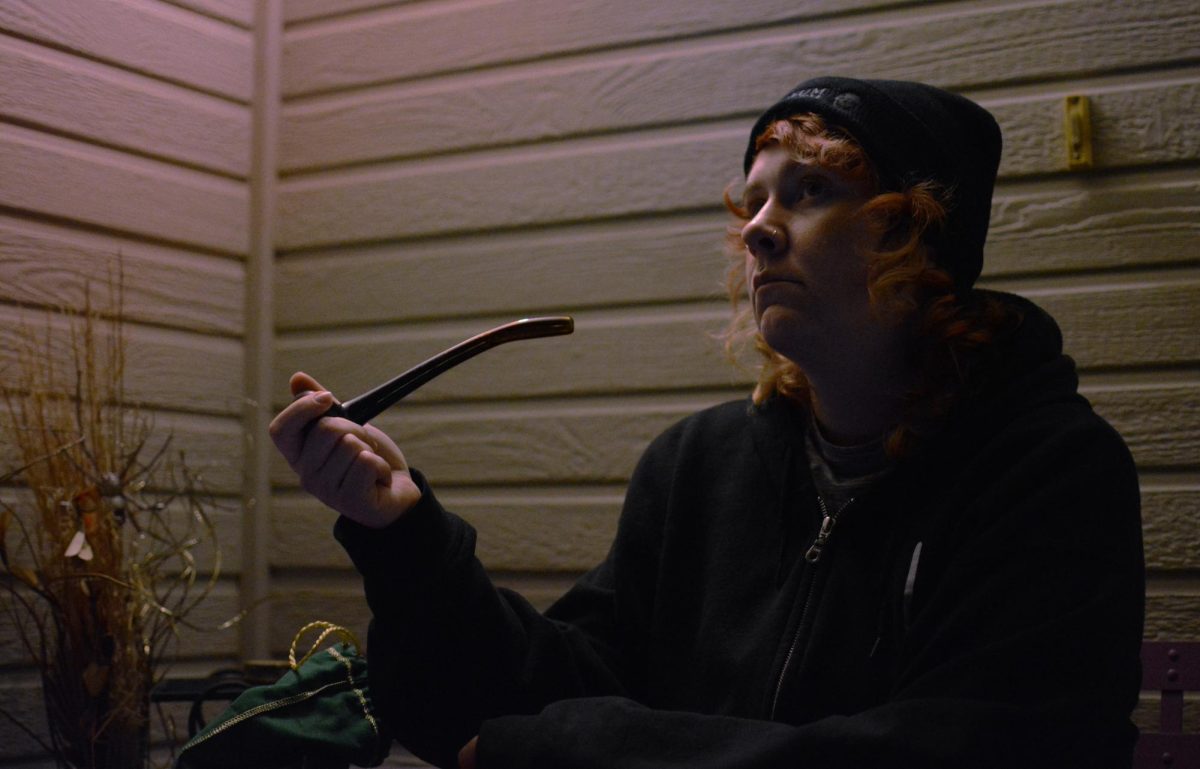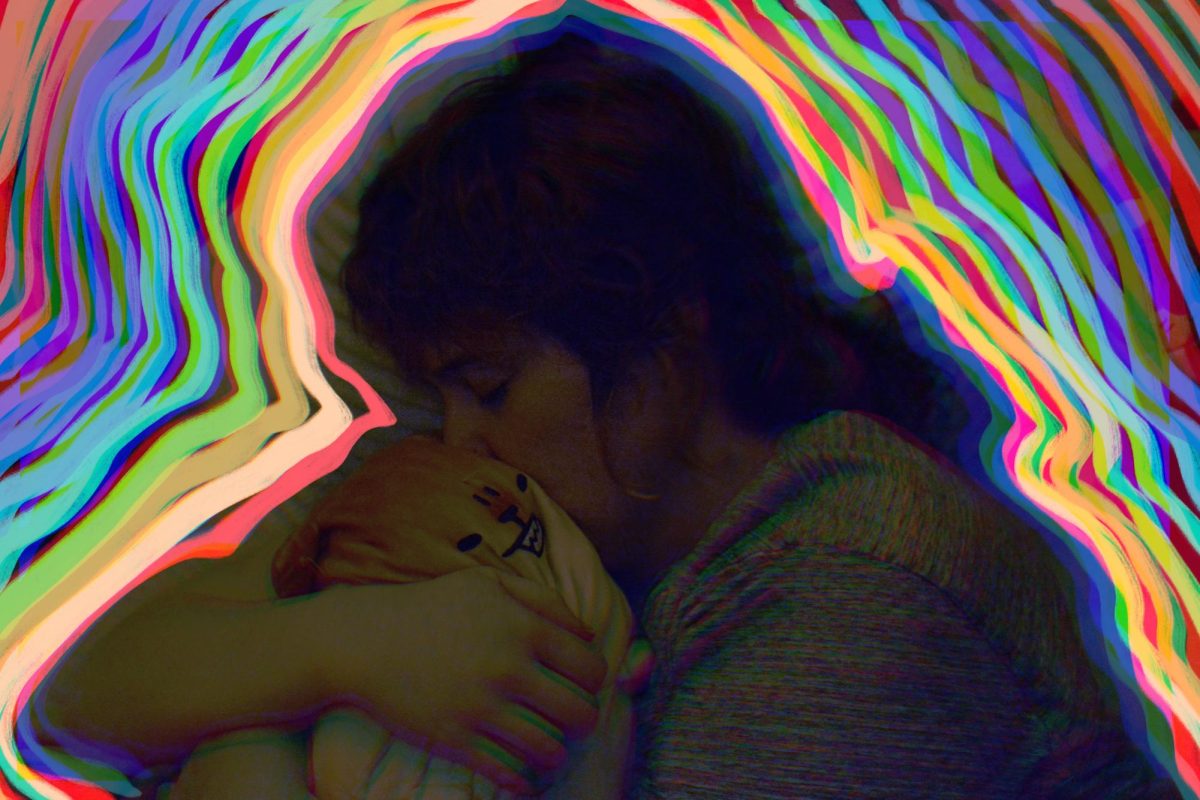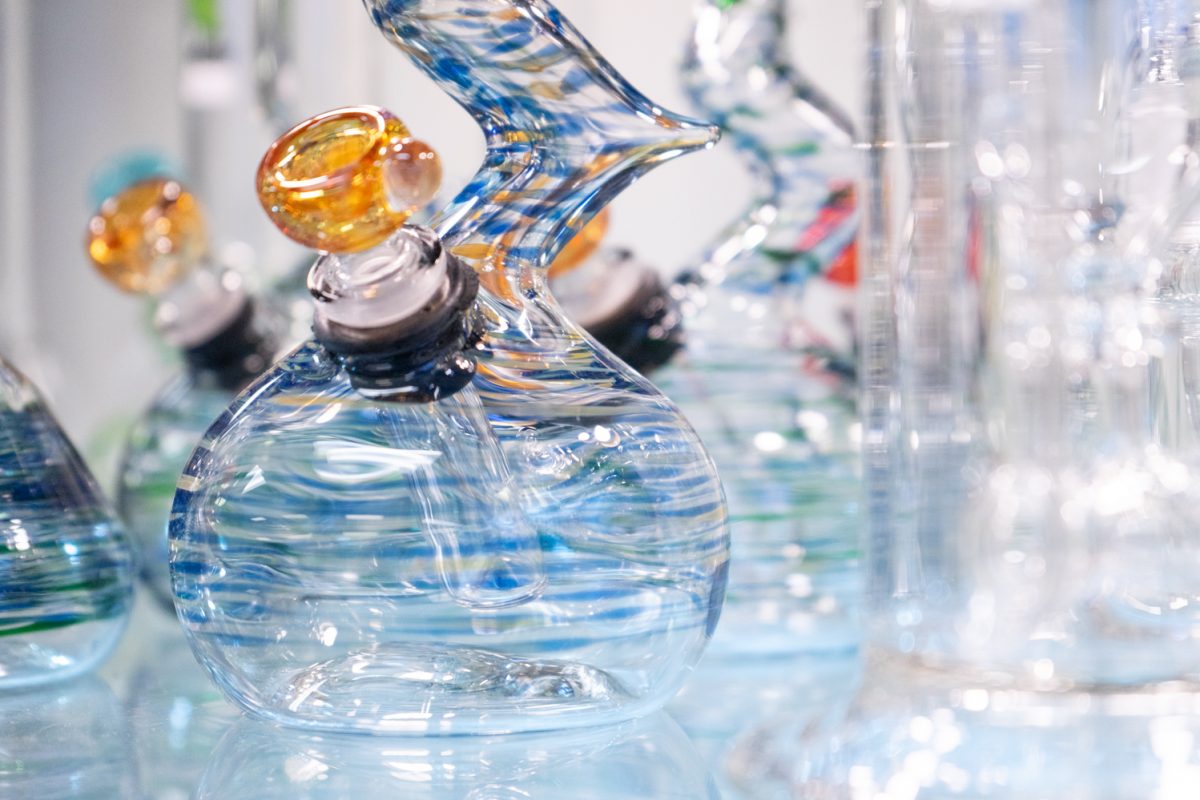Ad
The Home of the Arts: The Lincoln Center’s History
The exterior of The Lincoln Center Feb 3. The performing arts center hosts many acts from music to theatre to art exhibits.
February 22, 2023
The Lincoln Center in Fort Collins boasts a distinct historical background. Between its grand stage and adorned halls, it symbolizes the merging of artists, patrons, and community in the celebration of the arts. The cultural center is home to over 300 musicals, dance shows, concerts, and comedy shows every year, making it one of the busiest art centers in Northern Colorado. It provides a space for the arts and brings the community together.
Before The Lincoln Center’s opening in 1978, Fort Collins groups didn’t perform often, and when they did, it was often in front of small audiences with poor acoustics. Access to more professional touring productions was almost nonexistent. Some still Fort Collins as a boring town at the time, according to The Lincoln Center archives.

Before becoming the well-known cultural center that it is today, The Lincoln Center was originally a high school, built in 1903. According to the Fort Collins archives website, this school later became Lincoln Junior High School.
According to the Community Foundation of Northern Colorado, in the fall of 1975, Fort Collins Mayor Karl Carson made plans to turn the Lincoln Junior High School building into what we know today as The Lincoln Center. They sought the help of the Community Foundation of Northern Colorado to collect charitable contributions for the renovation project. The foundation, according to its website, “fosters collaboration, serves as a catalyst for community projects, and is a trusted steward and service provider to philanthropists and nonprofit organizations”. According to The Lincoln Center archives website, the citizens of Fort Collins voted to provide $2.2 million in funding for the project through the Designing Tomorrow Today (DT2) initiative, and the Community Foundation was successful in raising an additional $300,000.
The renovation included the addition of a performance hall and lobby, as well as the conversion of existing spaces within the old school building. The Magnolia Theater, Columbine Room, Canyon West Room, and dressing rooms were created from the auditorium, gymnasium, and locker rooms, providing a versatile range of spaces for events and performances. The transformation of the former Lincoln Junior High School into The Lincoln Center revitalized the artistic and cultural scene in Fort Collins, providing a space for local groups to perform and touring companies to visit. It officially opened its doors on Oct. 14, 1978.
According to Robin Stitzel, scheduling coordinator at The Lincoln Center, the initial goals of The Lincoln Center were to provide a place for performances in the community. At first, The Lincoln Center was only for the Fort Collins Symphony. Later, other groups joined, like the Fort Collins Children’s Theater and OpenStage Theatre & Company. The Lincoln Center now hosts musicals, dance, music, drama, and comedy shows.
Despite widespread support from the community, there were still those who argued that The Lincoln Center was a drain on resources and a burden to the community. Shortly after its opening, opponents to The Lincoln Center’s funding called it a ‘white elephant’ as they thought it would be useless.
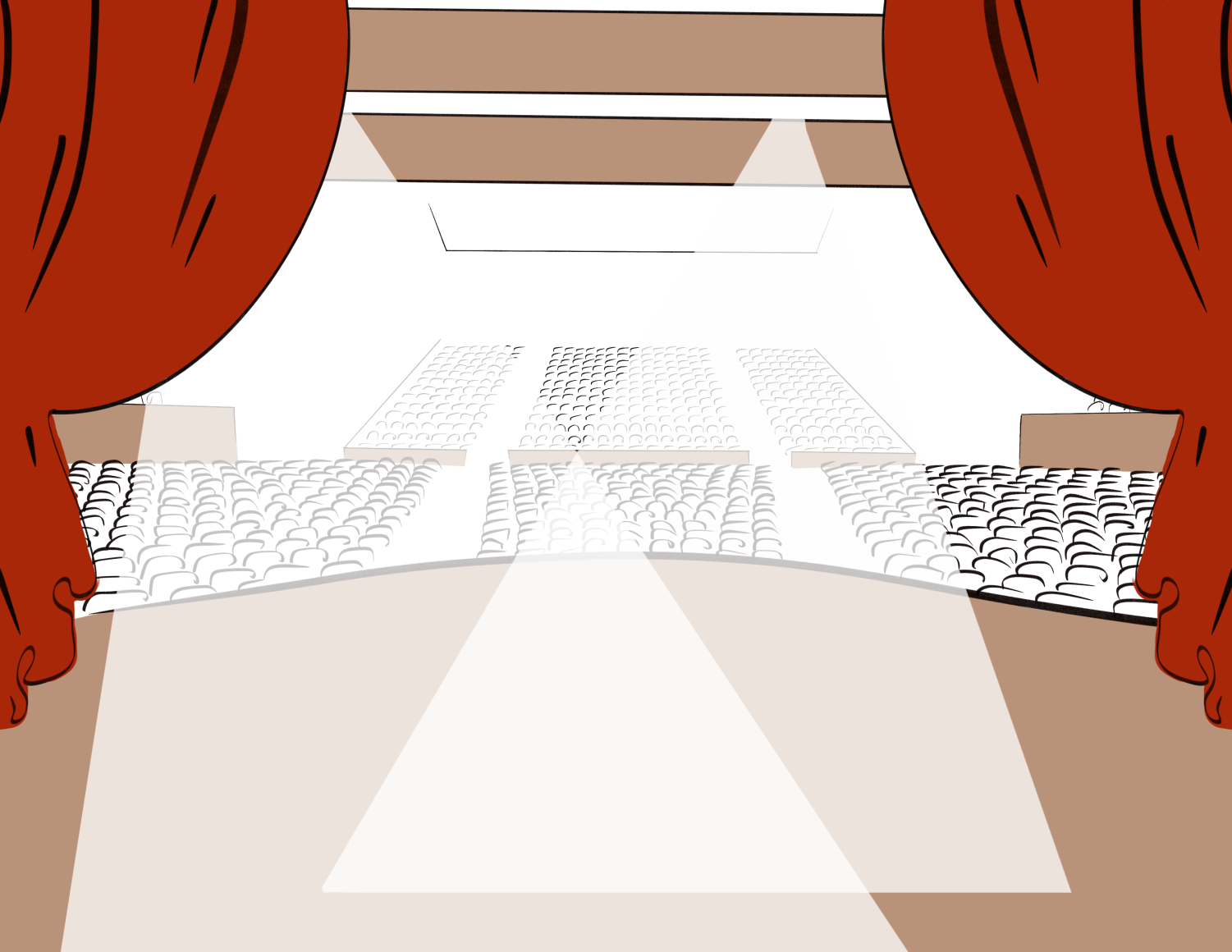
“At the beginning, people didn’t believe in The Lincoln Center and said that it would be empty,” Stitzel says.
Nonetheless, it didn’t take long for The Lincoln Center to dispel those doubts and show its worth. According to The Lincoln Center website, in 1979 matinee performances were introduced for sold-out shows, and the rental spaces at The Lincoln Center became highly sought after. The demand for reservations was so high that there was even a waitlist a year in advance.
The success of The Lincoln Center was marked by a playful prank when someone gifted the center two white elephants, sporting The Lincoln Center logo on their backs, in good humor to tease the doubters. Now, every Christmas season, a Lincoln Center employee offers a white elephant as a playful gift to someone, keeping the joke alive.
According to an article from The Denver Post, The Lincoln Center was renovated for the first time in its history in 2010. Jill Stilwell, who became the Fort Collins cultural services director in 2004, proposed these renovations. She knew that those renovations would be important, and she wasn’t wrong; Fort Collins’ population had doubled in the 30 years after The Lincoln Center opened.Two-hundred twenty-five thousand visitors would come to the center each year, a number too big for the center’s capacity. According to the City of Fort Collins website, the renovations included expansions of the lobbies, corridors, and other public gathering areas, as well as an additional elevator.
Today, the renovated Lincoln Center is a symbol of the arts in Fort Collins. With its modern design and commitment to sustainability, The Lincoln Center continues to bring people together through the arts. It offers a wide range of shows with new performances every week. Sh
owtimes and tickets can be found on their website, LCTix.com. Whether you are looking for a night of laughter or a symphony, there is something for you at The Lincoln Center.







